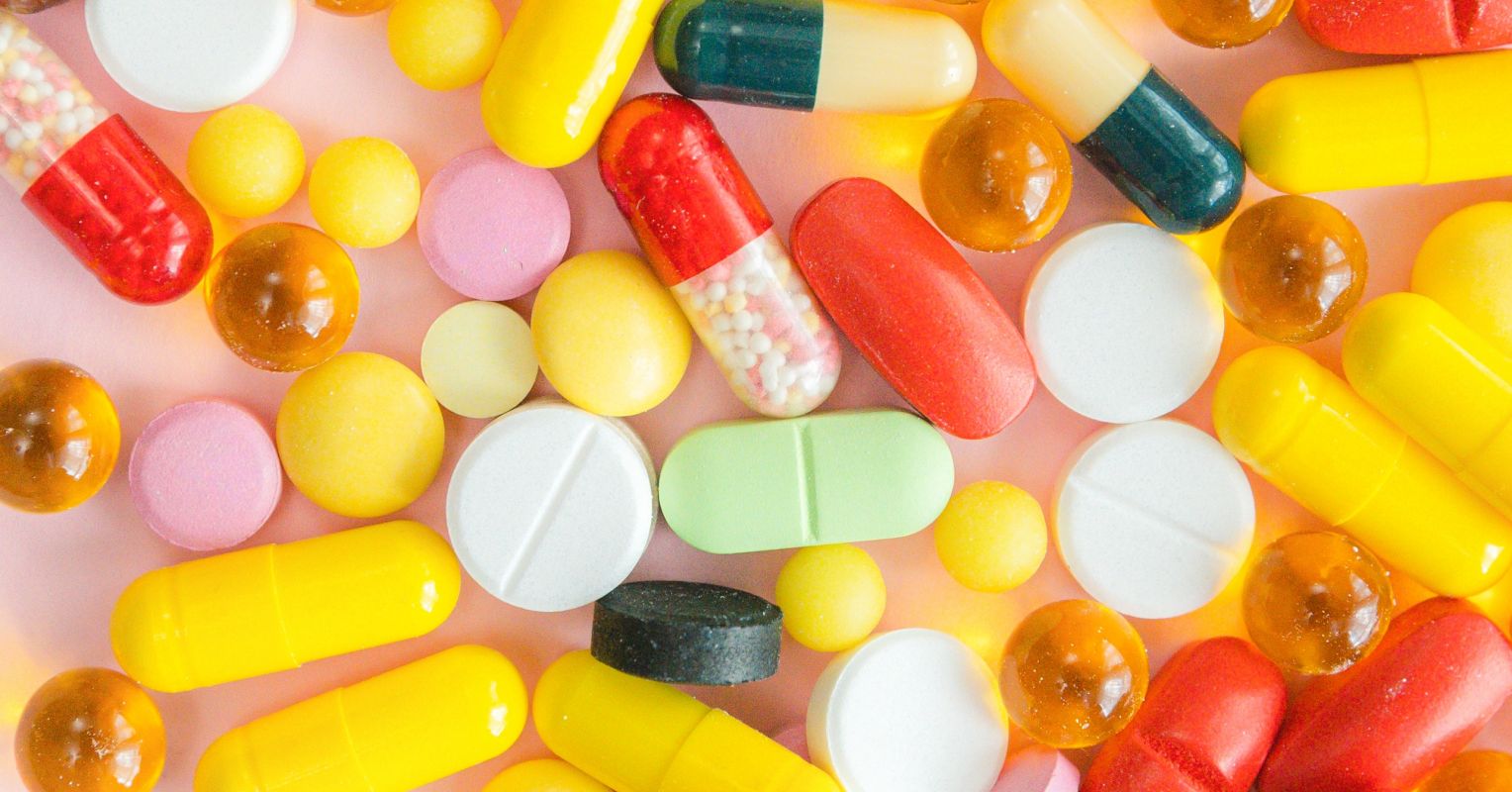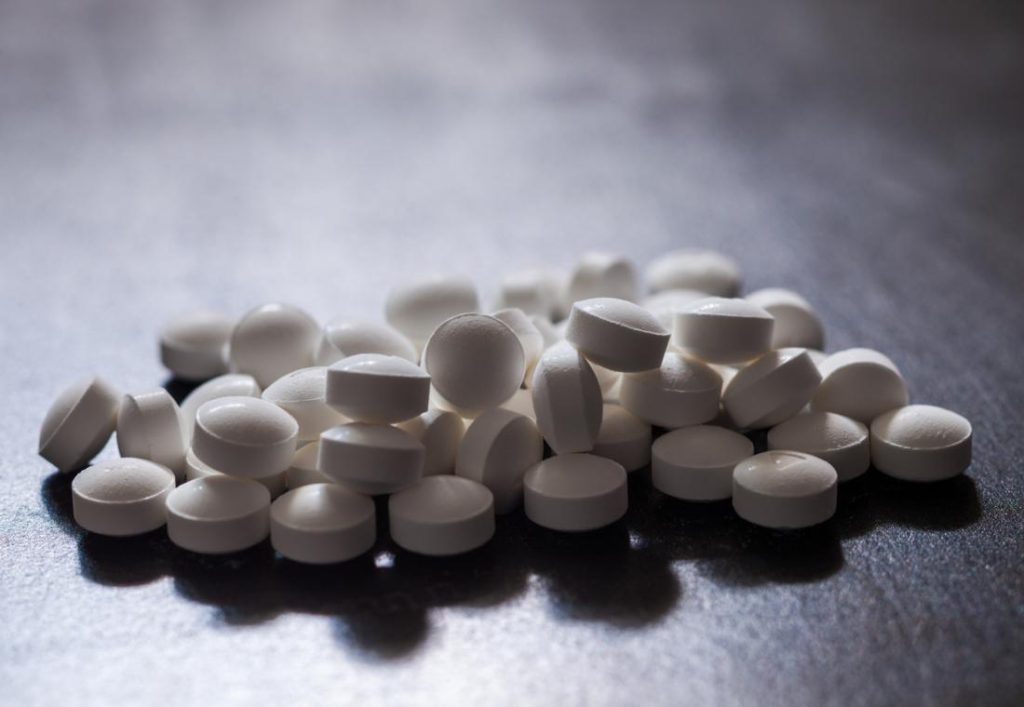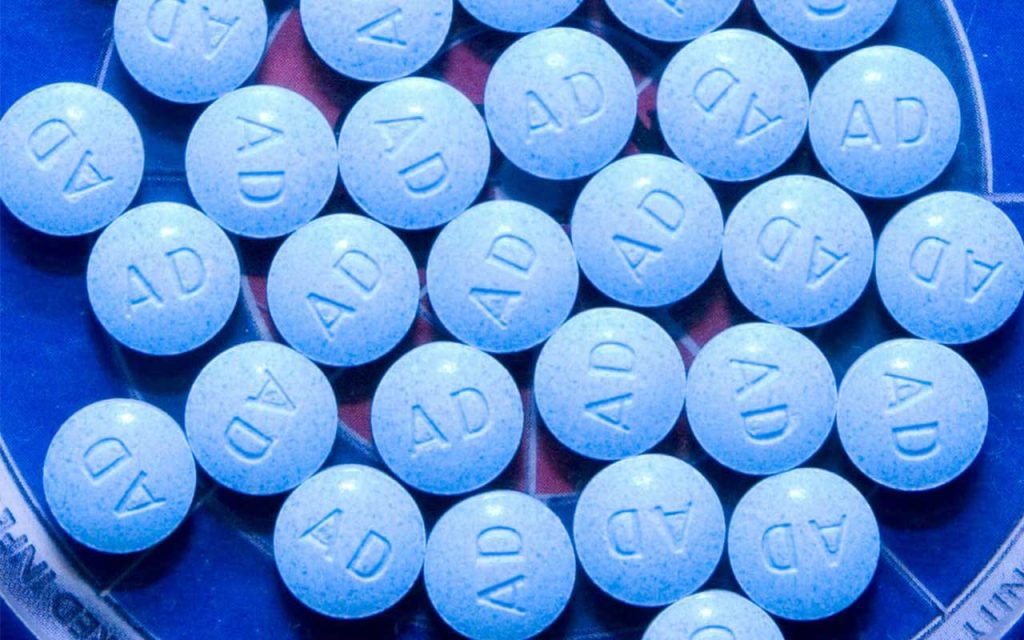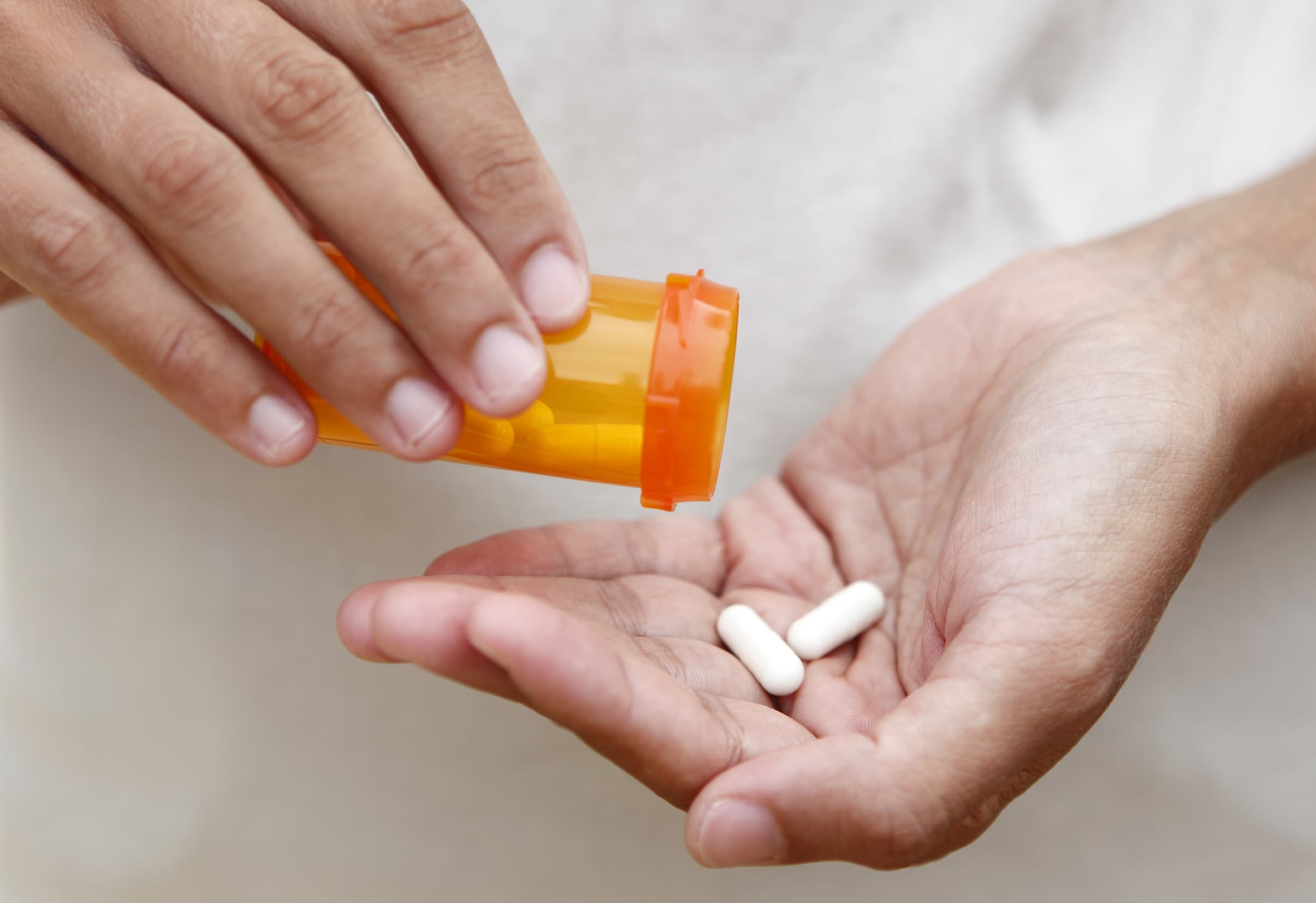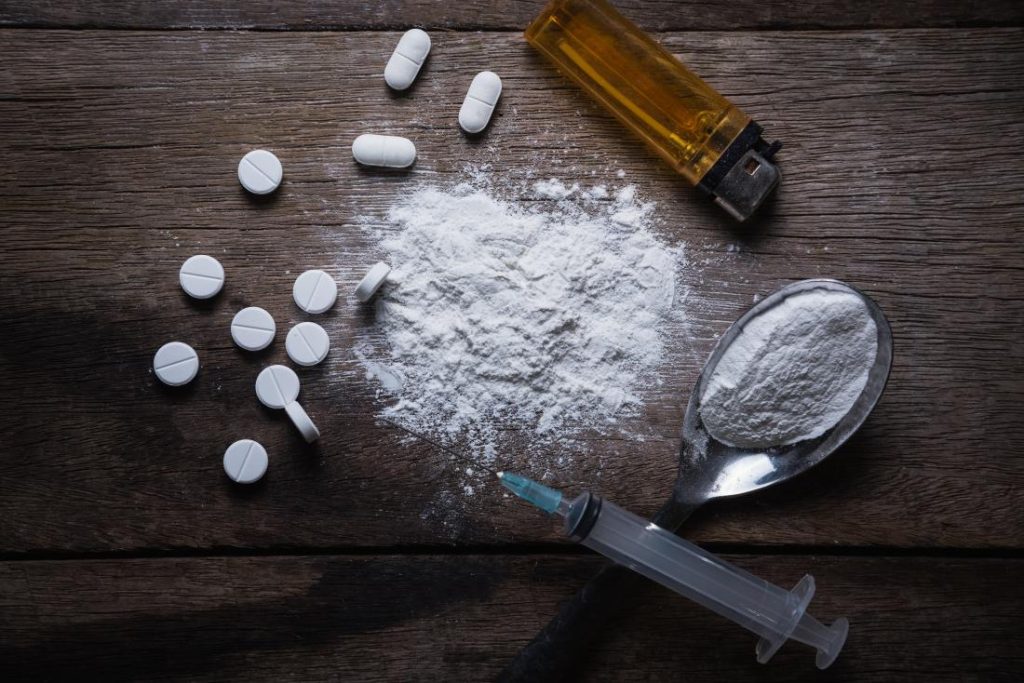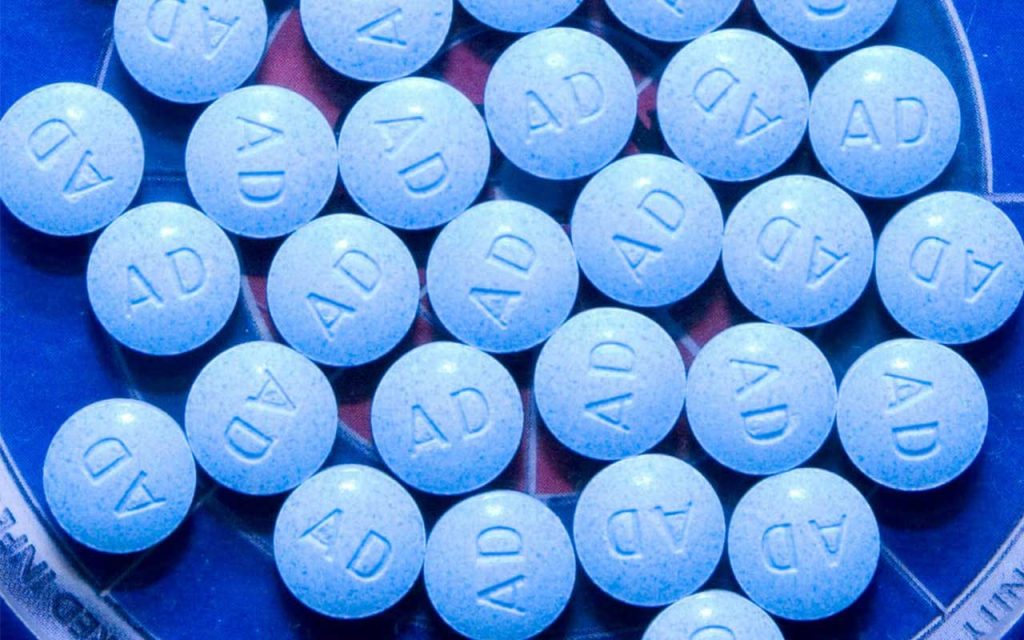Different types of eating disorders
With the numerous types of eating disorders , and their subtypes may be difficult to identify the one you or your loved one is suffering from. This article will discuss several of the most commonly encountered kinds of eating disorders as well as their symptoms , so you are more able to recognize the type of disorder that could be relevant to you or your loved ones.
What is an eating disorder?
The eating disorder is a serious mental illness that can lead to disastrous effects on someone’s health and wellbeing. There are many kinds of eating disorders that all are associated with eating disorders and thinking.

Anorexia nervosa is among the most popular eating disorders. Anorexics are extremely strict about their diet and are often obsessed with their body and weight. This could result in dangerous weight loss as well as serious health issues.
Bulimia nervosa is a different eating disorder that is common. Alsana in St. Louis The people who suffer from bulimia nervosa indulge in binge eating, followed by behavior of purging, like self-inflicted vomiting or exercise that is too intense. This may cause electrolyte imbalances as well as other health issues.
View this post on Instagram
A disorder known as Binge is an additional kind of eating disorder that is characterized by episodes of binge eating, followed by feelings guilt, shame or embarrassment. Binge eaters tend to eat huge quantities of food even if they’re not hungry and often feel overwhelmed during these times. Eating excessively can cause weight gain and other health issues.
The eating disorders are serious illnesses which require professional care. If you suspect that your loved one is struggling with an eating disorder seek the help of a certified mental health professional.
Different types of eating disorders
There are many kinds of eating disorders that you or your loved one might have. Here are a few of the most commonly reported types:
Anorexia Nervosa is a serious illness in which individuals starve themselves or limit their eating habits in order to shed weight. People who suffer from it often have a false perception of their bodies, believing they are bigger than they really are. Anorexia is a serious condition when not addressed.
Bulimia Nervosa: This condition is defined by binge eating, that are followed by purging (vomiting or taking laxatives). People who suffer from bulimia typically fear being overweight and are extremely conscious of their body. Bulimia can be detrimental to your body, and can even cause death.
Binge eating disorder: Another serious condition in which people consume huge amounts of food over brief periods of time even when they’re physically hungry. Binge eaters are often out of control and feel embarrassed following their eating. This condition can cause obesity as well as other health issues.
These are just a few of the more prevalent eating disorders your loved ones may have. If you suspect they suffer from some sort of disordered eating, it’s crucial to seek out assistance from a medical professional whenever you can.
How to help a loved one with an eating disorder
If you suspect that someone you love has an eating disorder The most effective thing you can do is to talk with the person about their issues.Look at treatment programs for Alsana St. Louis Make them aware that you’re here for them and are eager to assist them in getting better.
If they’re willing to talk seek out all you can about the eating disorder they suffer from. What kinds of food are they avoiding? What triggers their need to eliminate or diet? What is the trigger for their eating disorder?
When you’ve got a better knowledge of their condition it’s time looking for ways to aid. If they’re refusing certain foods, ask how you can cook nutritious meals that contain the foods they are avoiding. If they’re trying to stop then try to distract them by engaging in activities or conversations when they feel the urge to. If their triggers are anxiety or stress look into ways to help them deal with these feelings in a healthy and healthy way.
Most important to give to your loved one is to be available for them. Let them know that you love them and would like to support them through this time of need.
Conclusion
There are a variety of kinds of eating disorders and all of them can be very harmful to people who suffer from them. If you suspect that someone you love is suffering from the disorder of eating, it is important to seek help as soon as it’s possible. Although it may be challenging to discuss these issues be sure to remember that your loved ones are worth fighting for.
